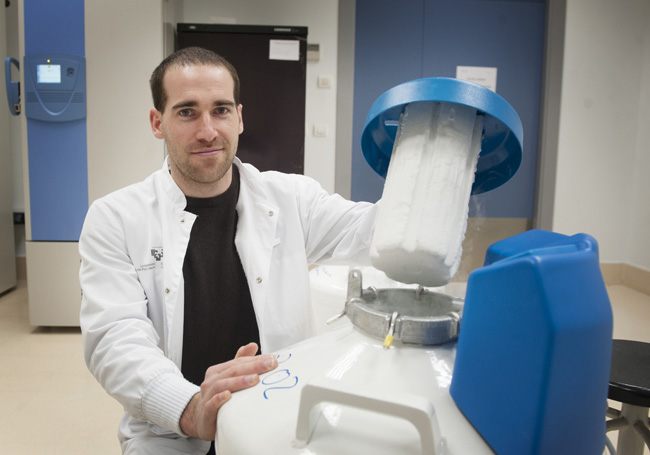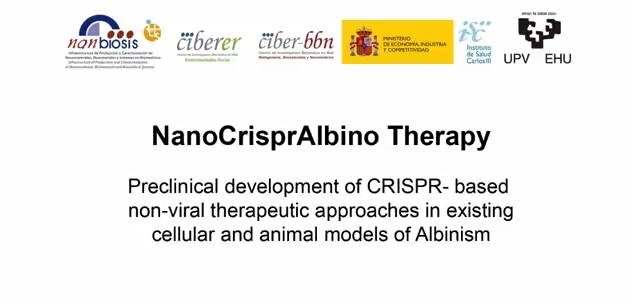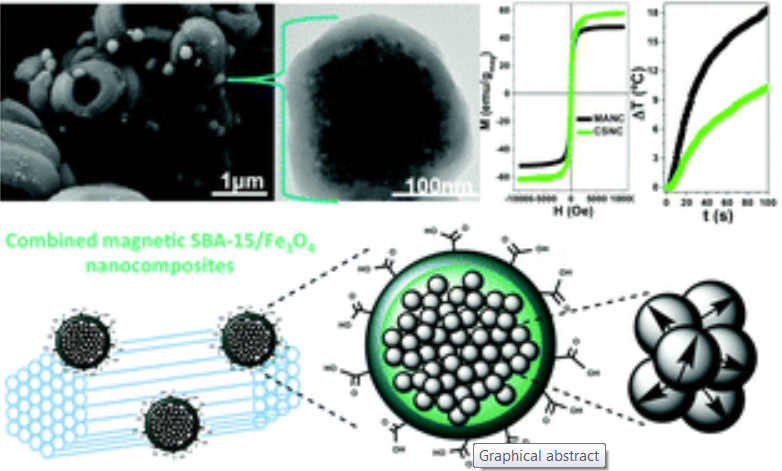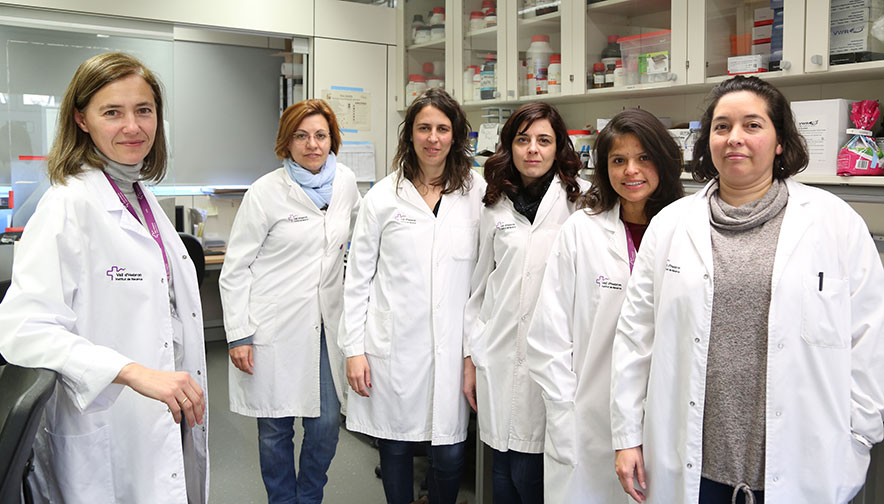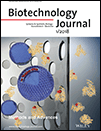Cryopreservation of stem cells
Scientific Reports of the Nature Publications Group has recently published the article ‘Cryopreservation of human mesenchymal stem cells in an allogeneic bioscaffold based on platelet rich plasma and synovial fluid’. This research is part of the doctoral thesis of Haritz Gurruchaga, belonging to the NanoBioCel group of CIBER-BBN and UPV / EHU, which is focused on the optimization of the storage processes of encapsulated cells through slow cryopreservation. The thesis is being co-directed by José Luis Pedraz and Jesús Ciriza, Scientific Director and Scientific Coordinator of NANBIOSIS Unit 10 Drug formulation.
The work is focused on the optimization of the storage processes of encapsulated cells through slow cryopreservation. Mesenchymal stem cells are being increasingly used for the treatment of various diseases
Article of reference:
